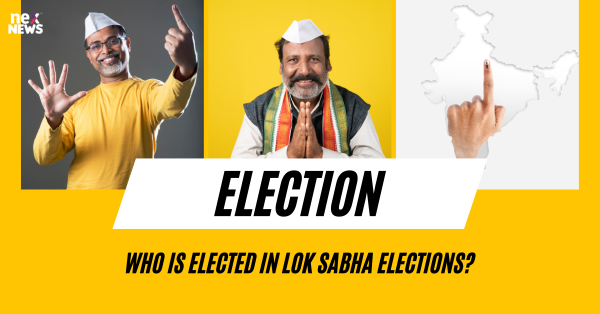Eligibility Criteria for Lok Sabha Candidates
In order to stand as a candidate in the Lok Sabha elections in India, one must be a citizen of the country. Additionally, the candidate must meet the age requirement of at least 25 years old. This criterion ensures that the candidates possess a certain level of maturity and experience to represent the diverse population of the constituency.
Furthermore, candidates must not be bankrupt or of unsound mind, as per the eligibility criteria for Lok Sabha candidates. This ensures that the individuals vying for a seat in the Lok Sabha are financially stable and mentally fit to fulfill the responsibilities of a member of parliament. These stringent criteria aim to uphold the integrity and credibility of the electoral process in India.
Nomination Process for Lok Sabha Elections
To contest in Lok Sabha elections, candidates must be over the age of 25 and a registered voter in any constituency across the country. Additionally, candidates are required to submit a security deposit along with their nomination papers to the Election Commission of India. The nomination papers must be signed by at least ten proposers who are registered voters in the same constituency where the candidate intends to contest.
Once the nomination papers are submitted, the Election Commission scrutinizes the documents to ensure that the candidates meet all the eligibility criteria and that the nomination is valid. If any discrepancies or issues are found during this process, candidates are given a chance to rectify the errors within a specified time frame. After the completion of the scrutiny process, the final list of candidates is published, and the election campaign officially begins for the Lok Sabha constituency.
Role of Political Parties in Lok Sabha Elections
Political parties play a crucial role in the Lok Sabha elections by shaping the electoral landscape and influencing voter decisions. Parties act as platforms for political leaders to present their ideologies and agendas to the public, helping voters make informed choices. They also play a vital role in mobilizing resources, organizing campaigns, and coordinating election strategies to maximize their chances of winning seats in the Lok Sabha.
Moreover, political parties serve as vehicles for representing diverse interests within society and aggregating them into coherent policy platforms. They provide a structured framework for citizens to participate in the democratic process, enabling them to voice their concerns and preferences through the election of party candidates. By contesting elections and forming government, political parties contribute to the governance of the country and the formulation of public policies that impact the lives of millions of people.
Campaigning Strategies in Lok Sabha Elections
To effectively run a successful campaign in the Lok Sabha elections, candidates must employ various strategies to reach out to the masses and convey their message. One crucial aspect is utilizing social media platforms to connect with a wider audience and engage with voters on a more personal level. By leveraging social media tools such as Facebook, Twitter, and Instagram, candidates can share their policies, interact with constituents, and build momentum for their campaign.
In addition to social media, traditional methods of campaigning such as rallies, public speeches, and door-to-door canvassing are still widely used strategies in Lok Sabha elections. These methods allow candidates to directly engage with voters, understand their concerns, and convey their vision for the constituency. Holding public meetings and rallies not only helps candidates showcase their leadership skills and charisma but also enables them to address a larger audience and make a lasting impact on potential voters.
Voting Process in Lok Sabha Elections
On the day of the Lok Sabha elections, eligible voters are required to visit their designated polling station to cast their vote. Once at the polling station, voters are required to verify their identity by presenting valid identification documents such as a voter ID card or passport. After the verification process, voters are given a ballot paper on which they can mark their choice of candidate by placing a stamp next to the candidate's name.
It is important for voters to carefully read the instructions on the ballot paper to ensure that their vote is valid. Once the voter has marked their choice, they must then proceed to the voting booth where they can cast their vote in secret. After casting their vote, the voter's finger is marked with indelible ink to prevent them from voting again. The entire voting process is conducted under the supervision of election officials to ensure fairness and transparency in the electoral process.
